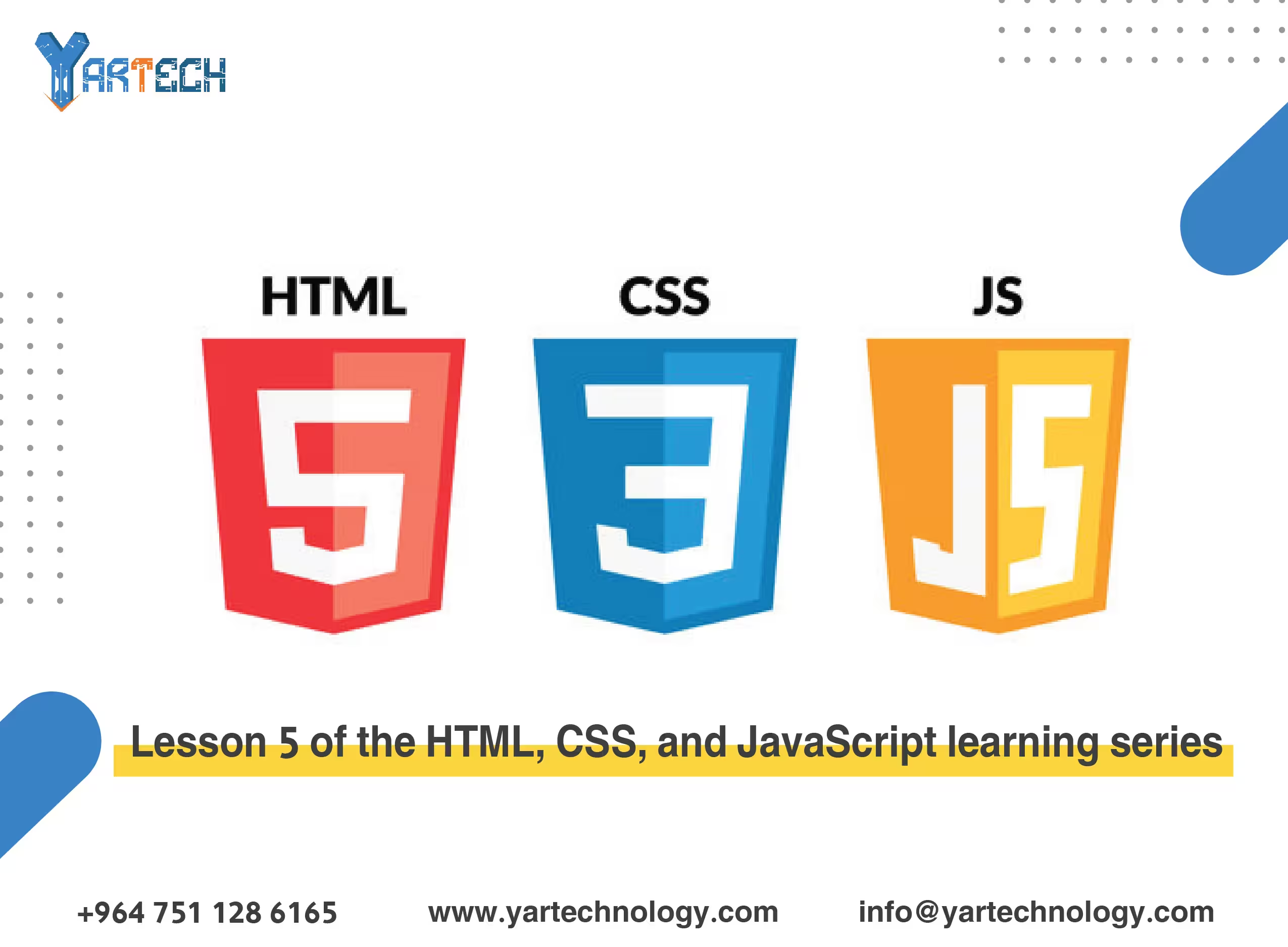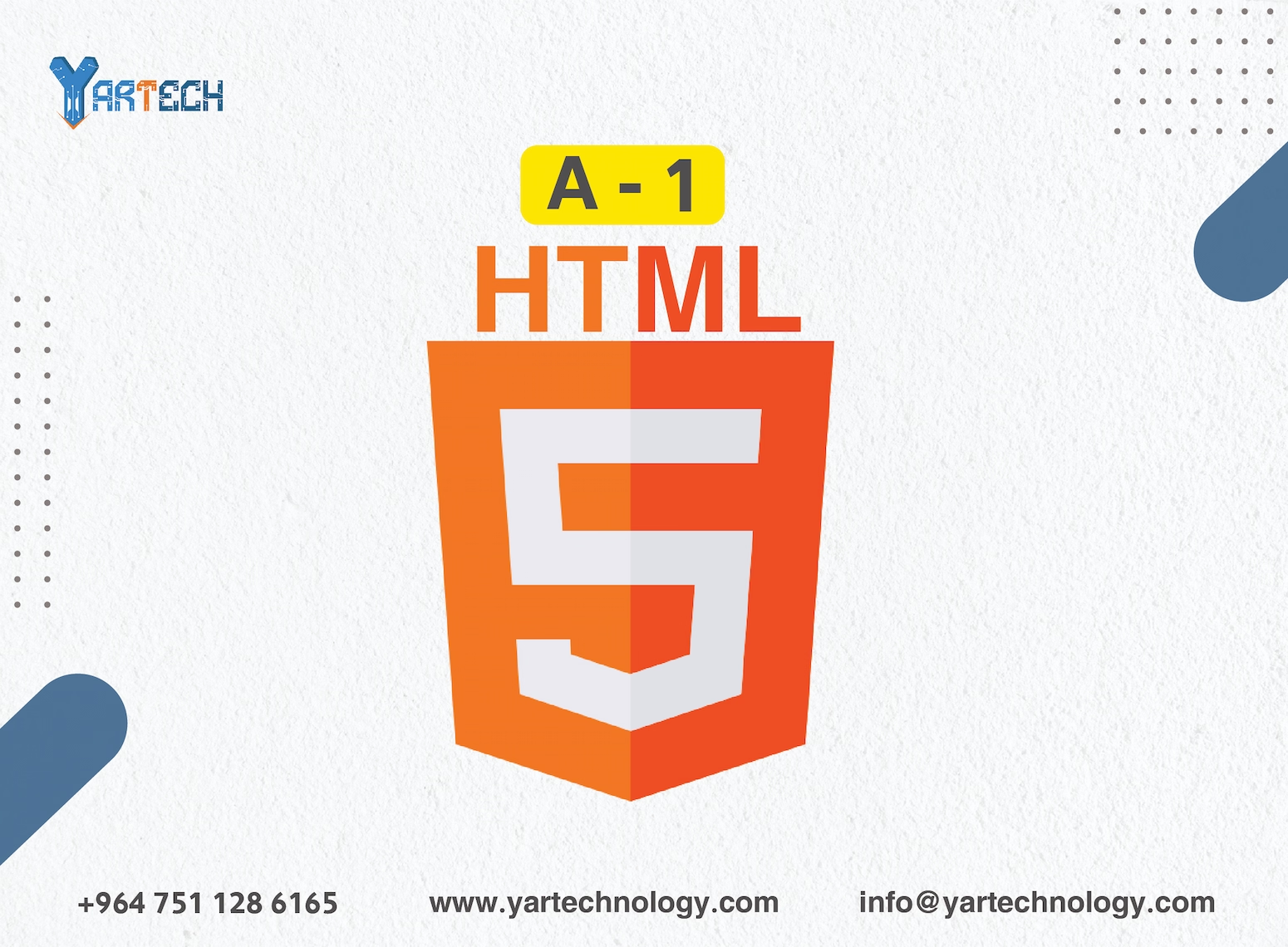Lesson 5 of the HTML, CSS, and JavaScript learning series
We'll start with JavaScript, the programming language that adds interactivity and dynamism to web pages. How to add interactive effects like buttons that show or hide elements, and dynamic scroll bars.
Website design
February 7, 2025

Welcome to the fifth lesson in our HTML, CSS, and JavaScript learning series! 🎉
In this lesson, we will begin our journey with JavaScript , the programming language that adds interactivity and dynamism to web pages. We will learn how to add interactive effects such as buttons that show or hide elements, dynamic sliders, and more.
1. Quick Review
In the previous lessons, we learned:
- How to use HTML to create the structure of a page.
- Styling pages using CSS .
- Advanced techniques like Flexbox and Grid for flexible design.
Now, we will move on to JavaScript to add interactivity!
2. Introduction to JavaScript
What is JavaScript?
JavaScript is a programming language used to add interactivity to web pages. It can:
- Dynamically modify the content of a page.
- Respond to user actions (like clicking a button).
- Control styles (CSS ) and structure (HTML ).
How Does JavaScript Work?
JavaScript is usually written inside an HTML file using <script>, or in an external file linked to the page.
3. Writing Your First JavaScript Code
A. Writing Code Directly in HTML:
B. Linking an External JavaScript File:
4. Adding Interactivity with JavaScript
A. Handling Events:
You can use JavaScript to respond to events like clicks (click) or input (input).
Example: A "Show/Hide" Button for Text
B. Dynamically Modifying Styles:
You can use JavaScript to dynamically change CSS styles.
Example: Changing the Background Color on Click
5. Creating a Dynamic Slider
A. Creating the Slider:
6. Animations Using JavaScript
A. Moving Elements:
You can use JavaScript to animate elements by modifying their style.
Example: Moving a Box Horizontally
7. Practical Exercise
Try creating an HTML page that includes the following:
-
"Show/Hide" Button for Text :
- When the button is clicked, the text appears or disappears.
-
Dynamic Slider :
- Displays the current value of the slider.
-
Moving Box :
- When a button is clicked, the box moves horizontally.
-
Background Color Change :
- When a button is clicked, the background color of the page changes.
8. What’s Next?
In the next lesson, we will learn:
- How to use AJAX to load data without refreshing the page.
- Working with APIs to fetch data from the internet.
- Building more complex interactive web applications.
📌 Tip : Don’t hesitate to experiment with the code yourself and modify it to see the results. Practice is the key to mastery! 🚀
Comments

There are no comments
Please login to leave a review







